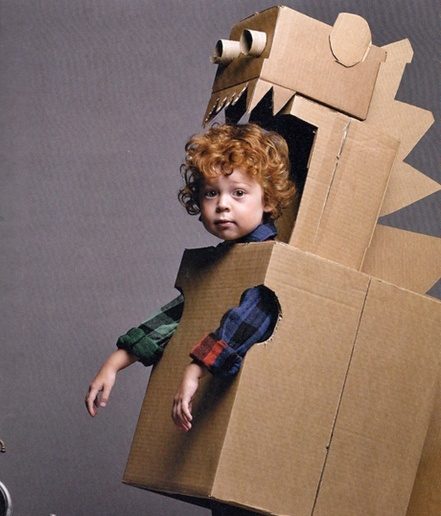There is always discussion and debate about new educational methods. For instance, nowadays there is a gradual move toward student-centered education. Of course there is also intense analysis about just what role digital technology should play in the classroom. Debates like these date from the earliest days of modern education, and have led to many well-established ideas being abandoned. Here are a few.
Huge Classes
We tend to think of early education as taking place in one-room schoolhouses, but the earliest attempts at mass education took place in big cities using the “Lancastrian” model, which had a lecture providing a rote lesson to hundreds of learners of different ages. Those students would then reproduce the rote lesson to other learners, and by a sort of viral process, education would spread. It was a kind of “wholesale” teaching model that didn’t last very long, enjoying its heyday in the early 1800s. The advent of public schools soon put an end to the method.
Rote Memorization
Teachers put content on the blackboard, students write it down. Teachers makes statements out loud, students repeat them. Over and over. Once, you see, it was believed that students are essentially empty vessels, with the teacher’s job being to fill their minds with knowledge. It was very much a one-way communication, with youngsters expected to memorize it with total accuracy. Welcome to education in the 19th Century.
The amount of teaching time devoted to memorization varied from school to school, but it was a key element of classroom life. Teaching culture had not yet been professionalized or studied empirically, so by our standards there were many aspects of Victorian teaching methods that would be highly objectionable today — for instance there was little attempt made to connect with students as individuals and get them interested in the content, while windows were routinely placed high up so that students couldn’t see out (to prevent distractions).
It might sound like schooling was very boring back then, but students in those days learned very early on that any wavering in their attention resulted in physical pain, because corporal punishment was routine and casual.
Tracking (also called Streaming)
Not every student goes to college, and not every student can become a doctor or a lawyer. Each of us has our own path to follow. But for decades, educators largely made that decision on behalf of students by using a practice known as “tracking.” The process was simple. Early on in a student’s career, students would be separated into “tracks” based on where educators thought the students would end up. At the top were the college-bound, and at the bottom were the “vocational” students who were trained for jobs like carpentry and metalwork.
The system was completely unfair. As we now know, youngsters can struggle in their schoolwork for any of a very long list of reasons, ranging from having an exceptionality like ADHD to trouble at home to just having a different learning style. Today we recognize that given the proper help, including one-to-one tutoring, far more young people can achieve excellence than educators in previous generations would have believed.
The worst part of tracking is, because it relies on a one-size-fits-all view of education, it allows prejudice to become a deciding factor. Students were routinely “downgraded” because they were a different race or religion, or because they were poor.
Eventually, tracking fell by the wayside, essentially disappearing in the 1990s (though it still crops up from time to time).
New Math
People still make jokes about this one. It’s often described as introducing strange, nonsensical math concepts to youngsters, but here’s what happened: in the late 1950s, Americans were shocked out of a sense of technological complacency by the launch of the Sputnik satellite by the Soviet Union. This resulted in a crash program to send Americans to the moon, but it also launched a massive effort to close the perceived “engineer gap” with the USSR by, essentially, upping America’s STEM game.
Thence came the New Math, as it was called. This was the intensive introduction of math concepts into public schools that were far in advance of anything attempted before. Even the teachers were often baffled. The goal was to produce a generation of superhuman mathletes, but instead it generated mass head-scratching and a great many jokes on late-night talk shows. Even distinguished scientists like Richard Feynman came out against the move, pointing out that regular folk, professionals, scientists, engineers and mathematicians all used math in different ways and it made no sense to try shoving everyone into science and engineering.
The new math was only a brief fad, but to this day it remains a synonym for absurd nonsense.
Open Areas
The idea was very straightforward: create a large open area, perhaps by merging several classrooms, then populating it with a wide range of students of different ages and skill levels. Within the open area, students would work according to their skill levels rather than be grouped by age. At the same time, students would help one another solve problems and learn skills, while the teachers would move between the groups providing help and guidance as needed.
In many ways, the open area resembles the student-centered learning techniques that are considered cutting-edge in the 21st Century. However without proper guidance by the teachers, and especially advanced training of those teachers, the whole thing can be a mess. Assessment especially can be problematic.
There have been many advances on the concept in recent years, and similar practices are being adopted in more and more schools. However the open area concept was only briefly employed in the 1970s before being largely forgotten.


